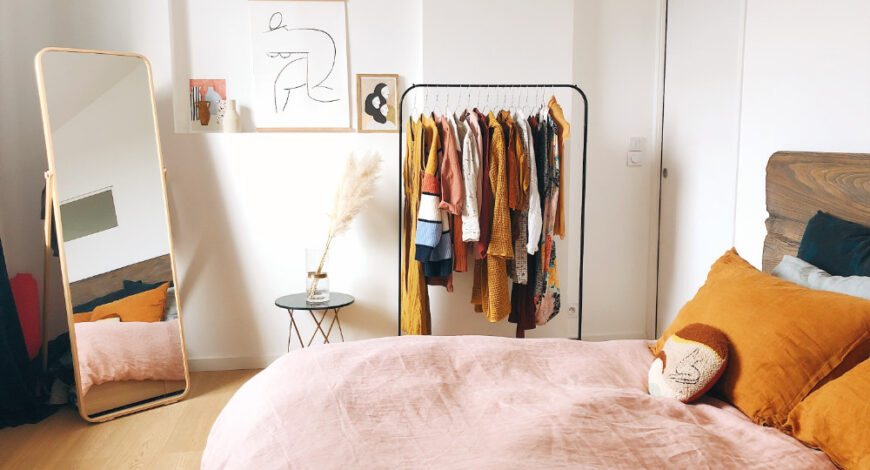Designing your bedroom is a great way to express yourself. It’s not just a place to go to bed in, but it’s also your sanctuary and sometimes the place where you can enjoy doing your hobbies in. After all, it’s completely necessary to relax and unwind after a busy day! Your bedroom should be a place you consider your own as well as the place where you can have a good night’s sleep without any distractions.
How can I make my bedroom more relaxing?
Use a natural or cool colour palette.
Choosing the right colour for your bedroom is important because using suitable colours can evoke a sense of calmness. Off white is a very popular, neutral choice, since it matches quite a lot of other colours that you can decorate your room with. However, white and grey are not the only options that you should go for. A good recommendation would be using colours from a cool palette or natural tones. For example, green visually softens the appearance of your space, blue evokes a sense of tranquility and calmness, pastels are calming to the eye and neutral tones can help you relax since they resemble a natural environment. Try avoiding stark, bright colours as these can be quite distracting when you’re trying to sleep. Use colours that are complementary to each other, rather than contrasting ones.
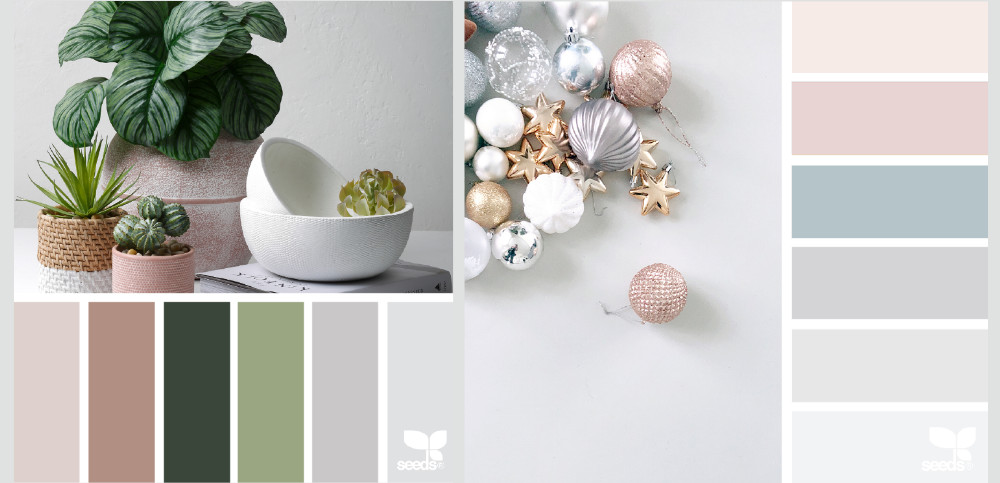
Use natural materials in earthy tones.
We tend to find comfort and relaxation in nature, and it’s also proven that just by going for a short walk through the park we can improve our mental health. This is why your bedroom should resemble a place that makes you feel happy and comfortable. Furnishings made with natural materials and with natural aesthetic will help you to calm down after a long day. Invest in wooden furniture because solid wood furniture can last for generations with minimum care. Don’t limit yourself only to wood, there are also other materials such as marble, clay, terracotta and even concrete.
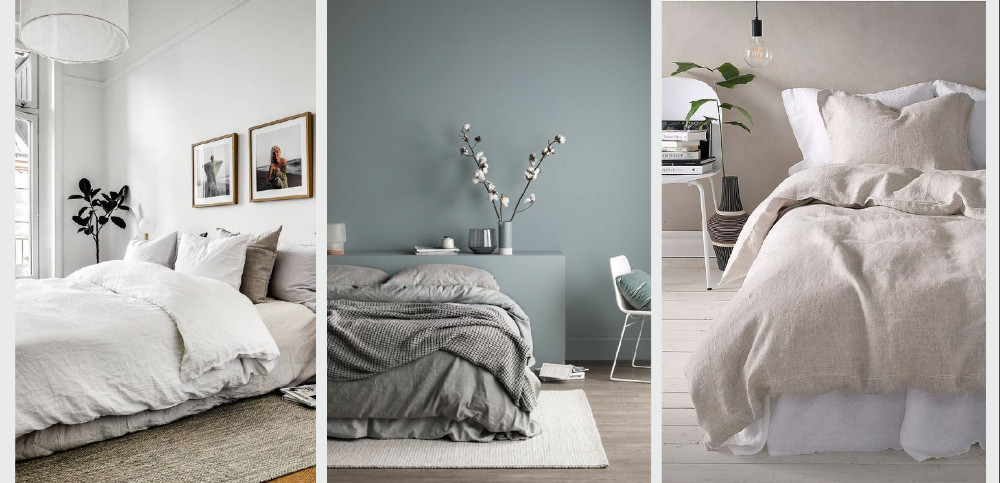
Invest in natural textiles such as cotton or silk.
The textiles you choose makes a big difference when it comes to making your bedroom look cozy. Sleeping in natural textiles is not only comfortable, but it’s also better for your skin and depending on the temperature you’re sleeping in. Try choosing textiles for your bed that are naturally sourced, such as cotton or linen, since they are breathable and won’t make you sweat uncomfortably especially during the warm summer nights. Over winter, opt for a down duvet or a wool blanket for warmth. As for curtains, choosing cotton or silk adds elegance to the overall setting and gives your room a dreamlike, whimsical feel to it.
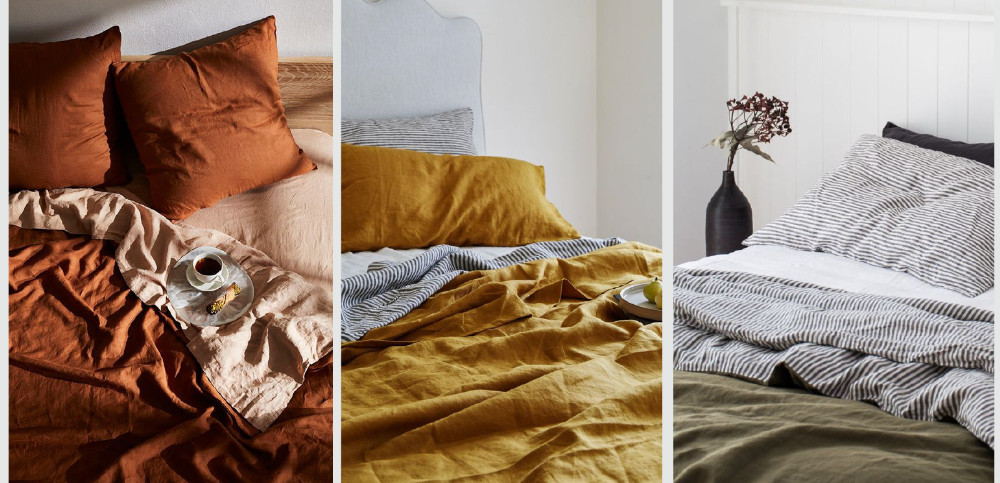
Install dimmed warm spotlights.
During our day, we are exposed to white light from our computers and smartphones, which can interrupt our sleeping patterns. Too much off-white light can cause problems with your sleeping patterns. The lighting in your room can also affect how quickly you can fall asleep.
Warm lighting is best for an evening indoor environment. Choosing warm dim lights are better for your eyes and can help you rest with ease. Finding a suitable lamp you can place on a corner is always a good idea too, especially if you enjoy reading a book before bed.
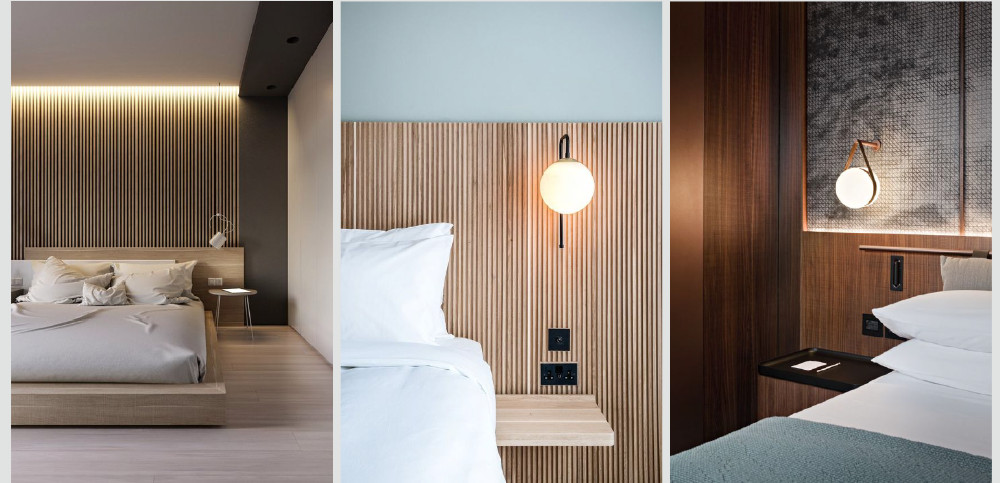
Arrange your space with a nest-like design.
Situating your bed in your room should imitate a nest-like space, adding a sense of coziness to space. Instead of creating a focal point, which could draw too much attention to one aspect of your room, trying to pick all-round decor, with matching colours or materials that creates a harmonious balance all-around your space. Don’t just limit yourself to the walls, play around with the ceiling and floors, if dare to!

The key to successful interior design does not only include tasteful aesthetics but also how the overall look of a space can affect your mood and represents who you are through how you decorate your home. A space that best suits you affects how you live your everyday life, your productivity with your work or hobbies, and your mental wellbeing. After all, science has proven that having a good night’s sleep does wonder to your body!
